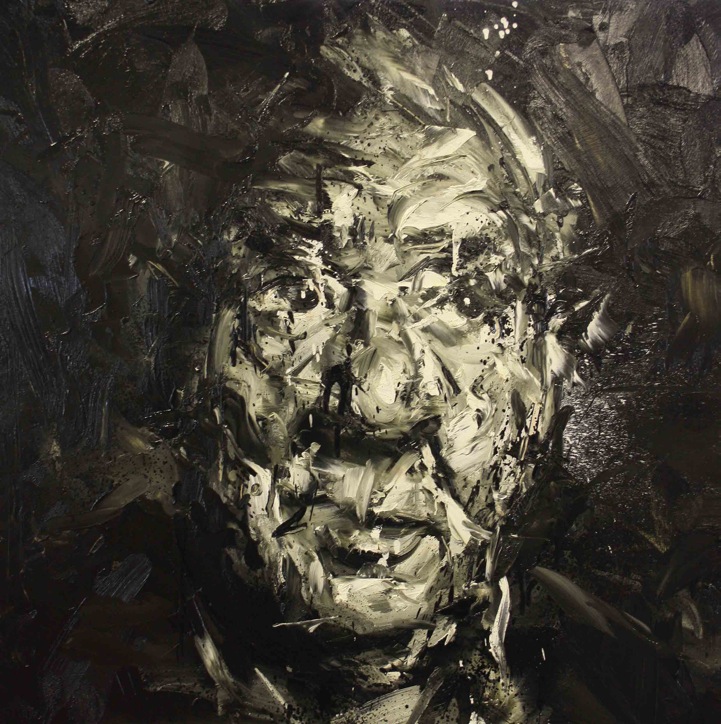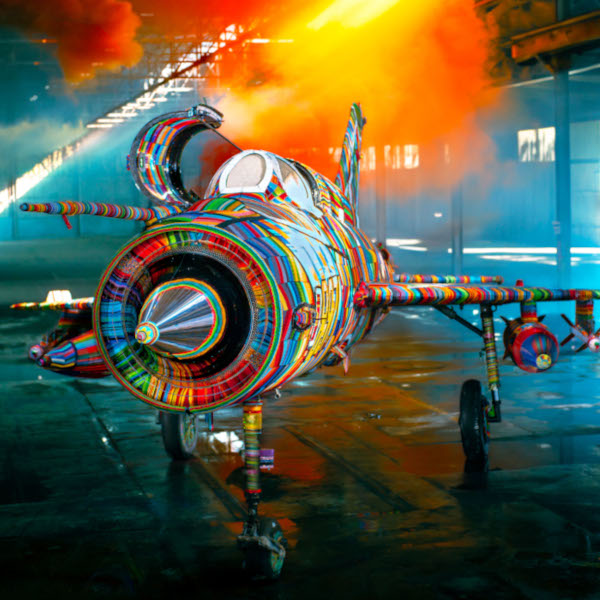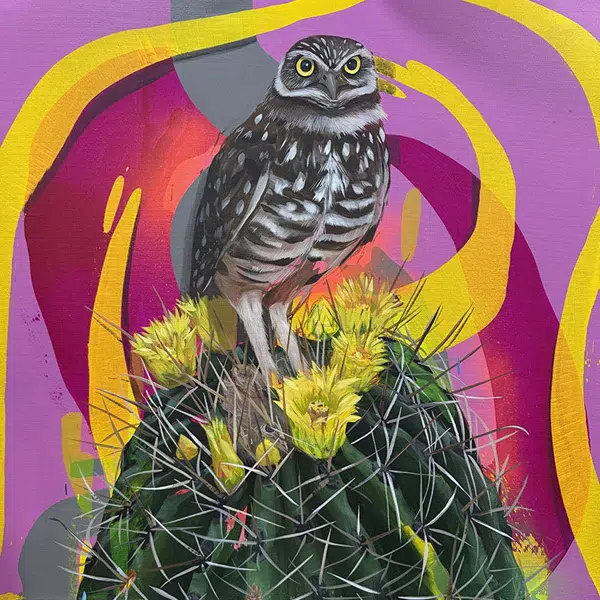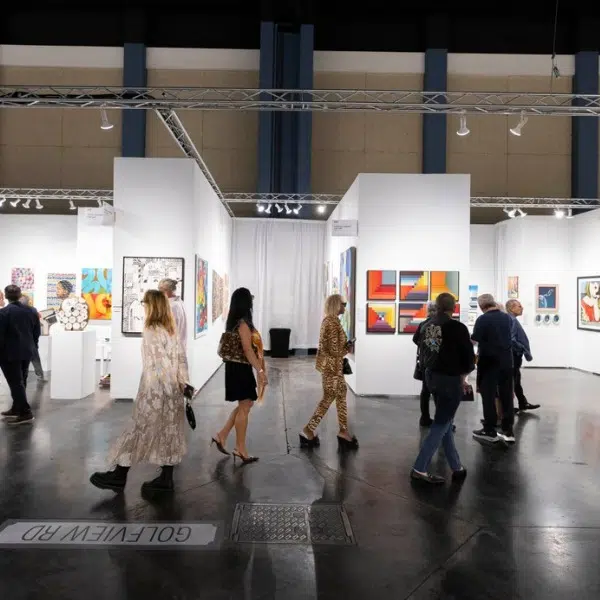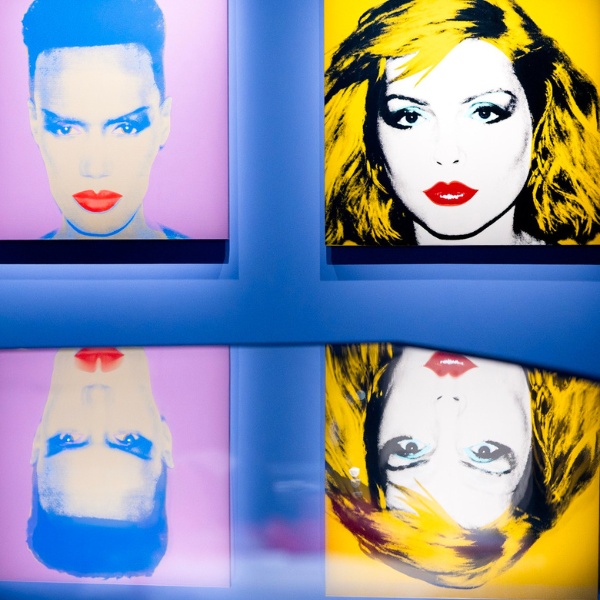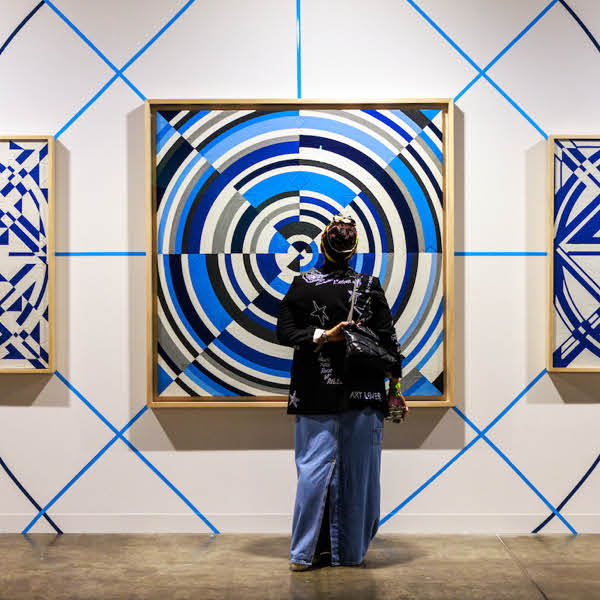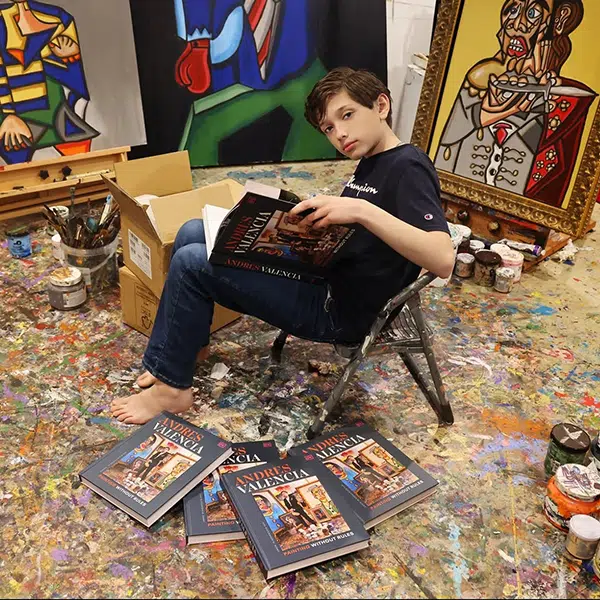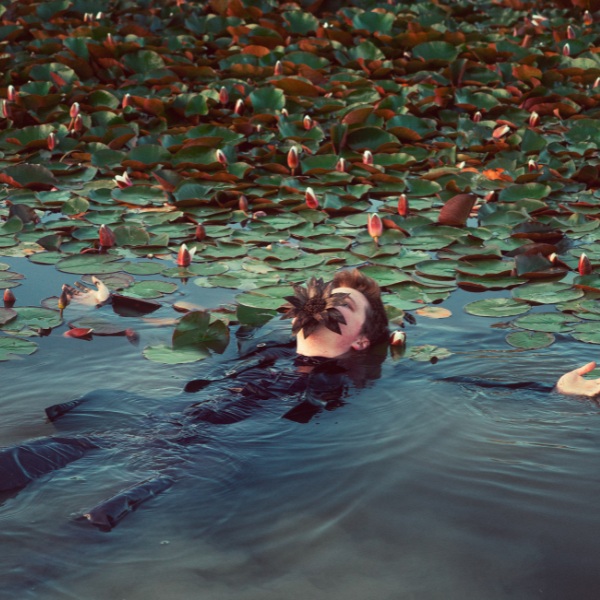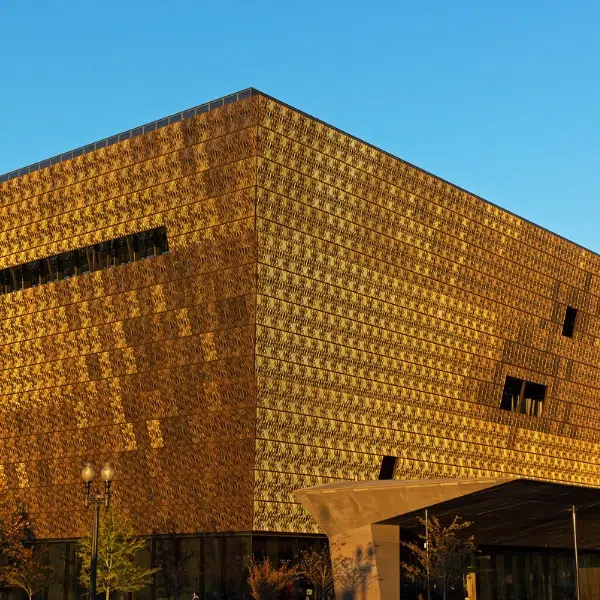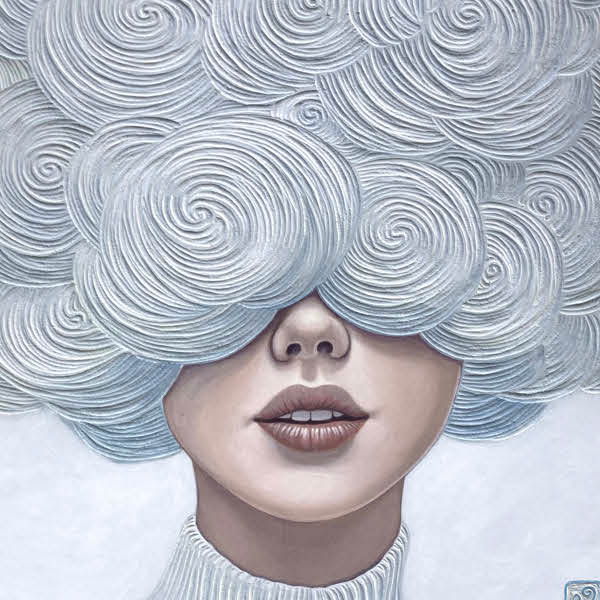
UK-based contemporary painter Paul Wright creates incredibly intimate, yet somewhat abstract, oil paintings that draw the viewer in. His work focuses primarily on people and faces, but he occasionally ventures off to depict clothing and objects to reflect the people who own them.
Wright captures the essence of his characters. Each artwork has its own emotional expression attached to it. Without divulging too much, each painting displays recognizable subjects. There is an immediate intimacy with a dash of ambiguity. Most apparent are his large, discernible brush strokes that add indelible textures. Because of their irregularity, there is also a blurriness effect created, one we don't mind. If anything, the imperfections piques one's interest. After all, a true artist does not stay within the lines.
We were able to get in contact with Paul and ask him a few questions. You can read the brief interview, below.

Many of your paintings are portraits. What is it about a person's face that captivates you?
The reason that I have continued to attempt to reinterpret the head is that it is an ever changing endless subject, the head contains the brain, the organ that allows to express feelings to articulate language. We watch the mouth of people speaking, we look for eyes to betray hidden emotions. It is endlessly interesting! Of course we are also aware of attraction when we observe each other and painting seems at times to be a way of connecting to people.

Each of your pieces are very powerful. What types of reactions do you try to evoke from your viewers?
Painting is a process for me, a process that has been in motion for years and will only end when I do. I am not interested in provoking reactions from the viewer. My aim is to make paintings that interest me, that are physical and expressive and, most importantly, paintings that are honest. I believe that through this I have the best chance of someone connecting with something within the picture. I am also someone who brings strong emotions with me into the studio and hope that some of this, in some way, comes through me and into the marks that I make.

In your 14 years training as an illustrator, what are some things you learned and how have you evolved as an artist?
It is only when I started to lease out space to younger artists that I realised how much I had changed over the years, I spent many years being fearful of making work that exposed my feelings in some way, as soon as I let go of this and understood that it added layers of complexity to my paintings it allowed me to push my work into unknown territory. I have learnt to understand when I need to step back and rest and when I need to talk to other artists and seek their interpretation of my work.

